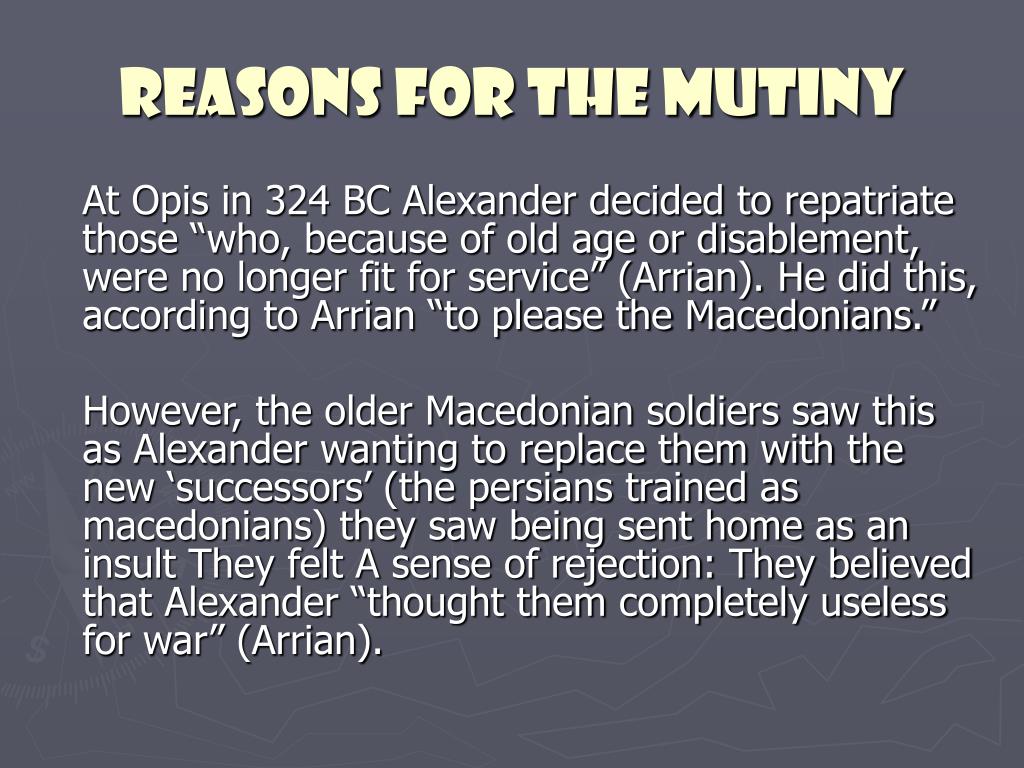
They’ve discovered that it consisted of five or six rooms, and that the largest of these spaces was an expansive paved inner courtyard. Within the past 12 months, the archaeological team has been busy finishing their excavations and study of this unique old structure.

Johannes Bergemann, the director of the Archaeological Institute at the University of Göttingen, said in a press release issued by his university. “It turned out that there was no burial there before, but a building from the 10th to the ninth century BC,” Dr. And even more importantly, they’d misdated it. ( Thorikos Archaeological Project Gent-Göttingen )īut once they actually began investigating this anomalous wall, the German researchers realized they’d misidentified what had been found. The walls consisted of layered stones at the base and air-dried mud bricks above. in Thorikos (Attica/Greece): wall corner and door jamb. Iron Age house from the 10th to the 9th century BC.

During investigations on the southeastern slope of that hill in 2019 the archaeologists from the University of Göttingen found what they believed to be an exposed corner of a wall from a fifth century BC tomb, which would have made sense given what was known about the changes in construction practices that took place starting three centuries earlier. In the eighth century BC the residents of the area began constructing their buildings on top of a nearly 330-foot (100-meter) high plateau, indicating a rise in the sea level around this time. This means sea levels must have been lower in the area 3,000 years ago, eliminating any chance of dangerous flooding. The structures from the Mycenaean era were found at an unexpected location, just 65 feet (20 meters) from the nearest beach. Mycenaean-like Dagger-Sword and Unique Seal Discovered at Anatolian Mound.Iklaina: Was the First Greek City State of Mycenaean Culture?.The Mycenaeans built the first truly Greek advanced culture on the Greek mainland, forming the basis for the later Iron Age Greek civilization that arose in the area. This location has already produced some amazing finds, including domed tombs and the remains of a large settlement that would have featured homes, factories, religious sanctuaries, a theater and a cemetery dating back to the Bronze Age Mycenaean period (1,700 to 1050 BC). The site of the long-abandoned silver mine in Thorikos is approximately 37 miles (60 kilometers) south of Athens, along the Greek mainland’s southeastern Aegean Sea coast. The nearly 3,000-year-old house was unearthed in an area where silver mining was common in ancient times. Exploring Ancient Thorikos, from the Mycenaean Period to the Early Iron Age But this is the oldest still-standing structure of any type from this time period that has been found in the region. Some tremendously ancient ruins have been found on the Attica Peninsula around Athens.

While performing excavations near Thorikos, the researchers from the University of Göttingen in Germany unearthed the ruins of a large house dating back to the 9th or 10th centuries BC - the Greek Iron Age. A team of archaeologists got quite the surprise when they were digging at a well-established Mycenaean site in Greece located south of Athens.


 0 kommentar(er)
0 kommentar(er)
